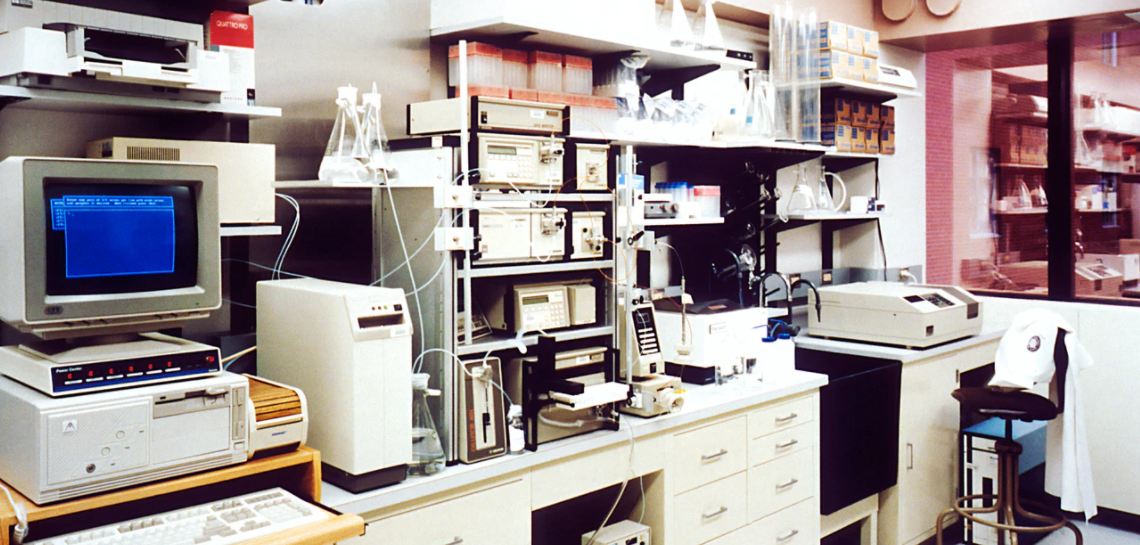How to Purchase Clinical Information Technology
Acquiring a clinical information technology program is a challenge for any organization management, especially hospital information technology. Despite other administrative applications that help run a facility, the clinical information system directly impacts the workforce lifestyle of physicians, doctors, nurses, and other clinicians.
 However, a thorough evaluation of clinical data technology systems’ features and functionality before purchasing is impossible. No single person or committee has the experience and time available to effectively evaluate and thoroughly investigate a complete clinical data technology system’s capabilities. Therefore, the best way to purchase clinical information technology should be based on some factors as surrogates for the appropriateness and usefulness of its institutions.
However, a thorough evaluation of clinical data technology systems’ features and functionality before purchasing is impossible. No single person or committee has the experience and time available to effectively evaluate and thoroughly investigate a complete clinical data technology system’s capabilities. Therefore, the best way to purchase clinical information technology should be based on some factors as surrogates for the appropriateness and usefulness of its institutions.
When applying and reviewing the system, it should include several aspects. Some of them are the source of clinical material captured by the device, the list of institutions using the system, and the perceived ease of working with this software. Learn some of the recommended clinical information technology selection processes for an institution, as outlined in the following sections.
Review and Embrace Strategic Vision
The organization’s clinical strategic vision should guide the purchase of all medical information technology software. The tactical image reflects the organization’s board of directors, medical staff, and other clinical professionals’ views and ambitions. It means that the primary consideration should concern cost control while putting healthcare quality and patient safety as the key to decision-making.
Broadly Explore Options
A high-level assessment of your organization will immediately identify potential vendors of needed program software. There will be relatively few vendors offering software that meets an organization’s needs in almost all conditions. In this case, ensure to validate and identify the vendors through a request via RFI while contacting colleagues that use the same vendors.
Know the Vendor
 Since relationships with application vendors extend well beyond the implementation phase, it is essential to maintain a healthy, open, and trusting relationship with the vendors. It is vital to ensure that the software implemented will deliver the expected results for your organization. Suppose problems arise, you need to establish a positive connection to ensure they are resolved. A great relationship with a vendor, demonstrated by honest relations with company representatives, clearly outweighs perceived gains in features and functionality included in different merchandise.
Since relationships with application vendors extend well beyond the implementation phase, it is essential to maintain a healthy, open, and trusting relationship with the vendors. It is vital to ensure that the software implemented will deliver the expected results for your organization. Suppose problems arise, you need to establish a positive connection to ensure they are resolved. A great relationship with a vendor, demonstrated by honest relations with company representatives, clearly outweighs perceived gains in features and functionality included in different merchandise.
Evaluate the Item
The best approach to evaluate clinical software applications would be to see them work in a real working environment. Unless a company is utilized as a development partner with a vendor, different client associations, such as the purchasing institution, should be available to see applications used by clinicians.
The institution also needs to bill more than one day to avoid these customer collaborations and understand that applications are used at different times of the day. Workloads change, and clinicians’ dawn shifts are often the most challenging for systems due to many new patient requests and the need to document patient care. In this case, the institution should require that their representatives be allowed to determine areas of patient care unchecked and have the ability to ask questions of various application users. The more collaborations that are observed, the more information gathered obtain to evaluate the software and the vendor.



 Obviously, financing is available for businesses, but you still need to find some typical collateral. This is one of the most important things that you need to consider. It is important that you need to identify the things that you can afford. Many people take out a loan to finance their business. If you are also getting one, you need to make sure first that you are able to pay that loan. Because this is one of the common mistakes people commit. Especially for people who are just new in starting out a business.
Obviously, financing is available for businesses, but you still need to find some typical collateral. This is one of the most important things that you need to consider. It is important that you need to identify the things that you can afford. Many people take out a loan to finance their business. If you are also getting one, you need to make sure first that you are able to pay that loan. Because this is one of the common mistakes people commit. Especially for people who are just new in starting out a business.


